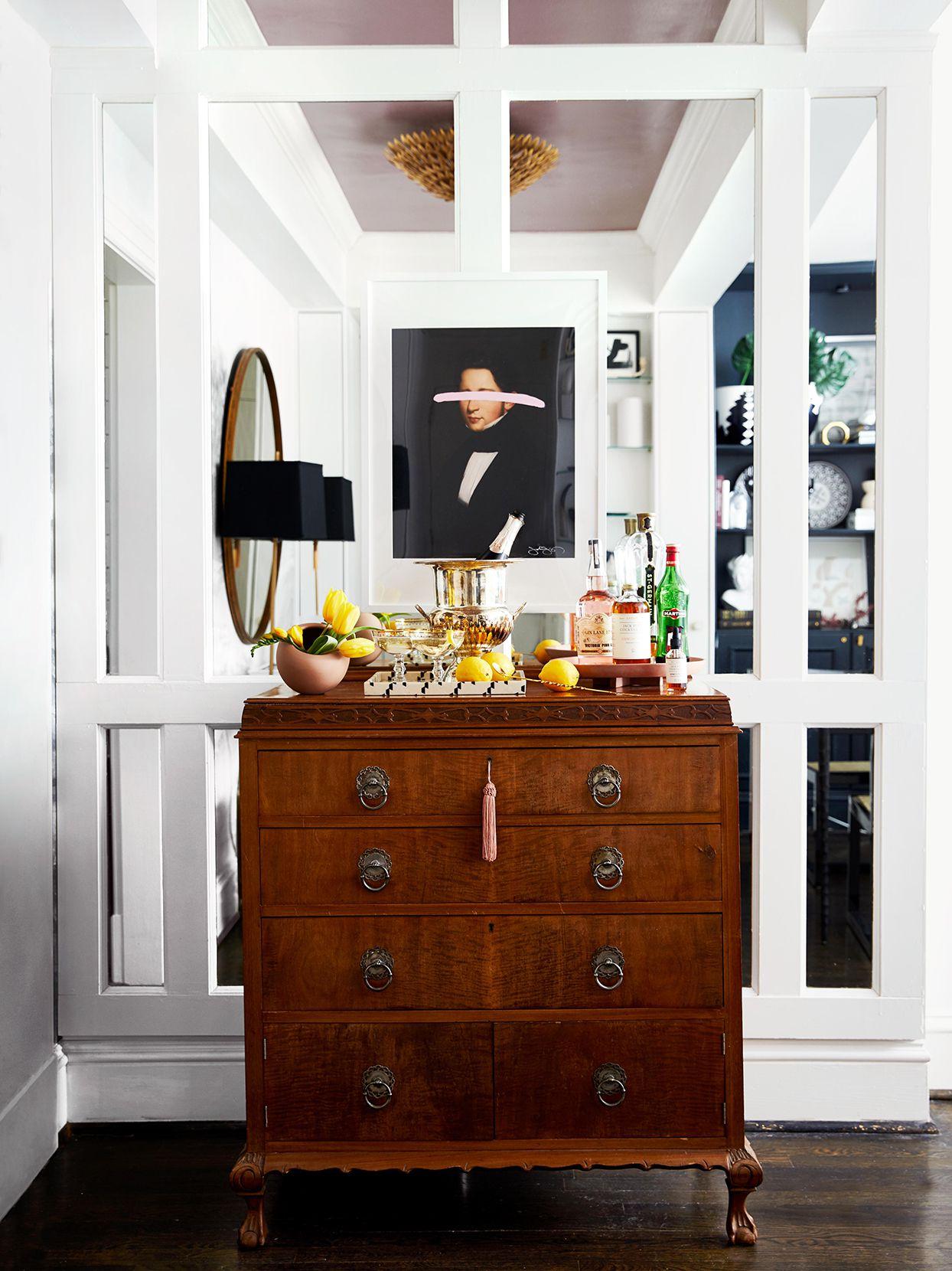Every home automation client will have different needs and budgets when it comes to upgrading and automating their home. As a home automation professional, it is important to customize your proposal and recommendations based on an individual client's unique situation and requirements. A one-size-fits-all approach will not work and could turn away potential business. In this blog, we will discuss how to tailor your home automation proposal for different types of clients based on factors like budget, technology experience level, and lifestyle priorities.
Understanding Client Needs and Budget
The first step is to thoroughly understand each client's specific situation before putting together a customized proposal. Schedule an initial consultation meeting to ask questions and listen to learn exactly what the client is looking for. Key things to establish include:
Budget: Find out realistic budget parameters for the project by asking open-ended questions. Budgets can range significantly from a few thousand dollars to $20k or more for a high-end smart home.
Desired Features: What home functions does the client want to automate - lighting, security, HVAC, appliances, etc.? Find out priority areas.
Technology Experience: Gage the client's comfort level with new tech. Beginner users may need simpler recommendations vs. power users.
Lifestyle: Learn how the family uses different rooms and spaces to tailor control placements accordingly. Consider special needs.
Timeline: Establish if the client wants a phased rollout or a complete system all at once over time.
Having a clear understanding of these factors upfront allows you to create customized proposals tailored to each unique client situation and budget.
Proposal Structure for Beginner Users
For clients new to home automation technology, keep recommendations simple to avoid overwhelming them. Structure your proposal as follows:
Emphasis Control Basics: Focus on core functions like lighting, locks and thermostats that are intuitive to use.
Phased Approach: Recommend starting with a few basics that can be expanded over time as comfort grows.
Simple Interface: Suggest a single control panel app or hub to minimize learning curve of multiple interfaces.
In-Person Support: Offer on-site training sessions, ongoing check-ins and a tech support number.
Cost-Effective Options: Look for affordable starter solutions vs high-end devices. Beginners may balk at large upfront investments.
Providing a gentle introduction that starts small and builds complexity gradually will gain confidence without deterring new users through information overload or expensive initial costs.
Advanced User Proposals
More tech-savvy clients will appreciate flexible, expansive recommendations tailored to their interests as follows:
Encourage Creativity: Ask about innovative ideas they have then build a proposal around maximizing potential.
Suggest Multi-Use Devices: Recommend smart products that integrate with various functions vs single purpose gear.
Emphasize Open Eco-Systems: Match clients to compatible, modular systems that allow for constant additions over time.
Factor Future-Proofing: Consider emerging tech standards so their system continues meeting needs as tech evolves.
Address Special Interests: If a client loves cooking, gaming etc. propose automating related spaces as priority showcase areas.
By understanding a client's interests and vision, proposals for power users can incorporate more complexity to maximize potential of their smart home over the long term.
Balancing Budgets with Priorities
When budgets are tight, propose prioritizing the most important functions to clients through a tiered approach:
Tier 1 Essentials: Cover highest priorities that deliver great value like smart thermostats, lighting and security.
Tier 2 Add-Ons: Recommend additional features dependent on what budget allows like appliances, entertainment etc.
Tier 3 Luxuries: Suggest optional high-end items they can consider later like smart faucets, mirrors etc.
Financing Options: Discuss possible financing for systems exceeding budget through low-interest plans.
Providing flexibility allows value-focused clients to automate key areas immediately while still having a long-term roadmap to reach their full desired feature-set within means over time.
Addressing Unique Living Situations
Every home has distinct attributes that require custom solutions. Consider needs related to:
Large Homes/Complex Layouts: Propose whole home communication and smart maps/floor plans for centralized control over large spaces.
Small Homes/Condos: Look at multi-functional devices and space maximizing features for compact layouts.
Families with Kids/Seniors: Prioritize easy to use safety features like motion sensors, fall detectors and video doorbells.
Outdoor Spaces: Automate garden lighting, fountains/pools, outdoor sound systems for entertaining.
Ensure safety, accessibility and comfort needs covering unique attributes of each home are thoughtfully addressed from the start.
Evaluating Long Term Value
Include long term operational costs and life expectancy when determining value:
Energy Savings: Calculate potential energy and utility bill savings from devices like smart bulbs and thermostats over 5-10 years.
Maintenance Savings: Note reduced servicing, repairs from remote monitoring of systems.
Resale Value: homeowners may recoup 30%+ value from well-designed smart home when selling.
Future Proofing: Propose flexible, modular systems that can expand with evolving tech to keep the home automated for over a decade.
Highlighting long term savings and residual value helps clients view their investment not just as a cost but as an asset that continues delivering return on investment for years to come.
Ongoing Support Services
Propose value-added services to enhance customer experience beyond initial installation:
Training Sessions: On-site tutorials, virtual classes to learn full system capabilities over time.
Maintenance Plans: Periodic health checks, firmware updates and on-call support.
Upgrade Services: Help reconfigure systems as client needs change with new additions/renovations.
Specialty Services: Custom programming for integrations or unique automations.
Clients benefit from guidance ensuring their smart home continues meeting evolving requirements. Services also become an additional revenue stream.
Conclusion
Taking time to fully understand each client's lifestyle needs, budget and long term vision allows proposals for home automation to be tailored to their unique situation. From beginners to power users, flexibility in solutions and budgeting priorities ensures clients get the most value from an automated home suited to how they live. Customized, consultative proposals demonstrate expert understanding that builds confidence and trust in any home technology provider.
Learn More:- https://www.africainsocial.online/blog/298657/ensuring-scalability-in-your-home-automation-system-proposal/





